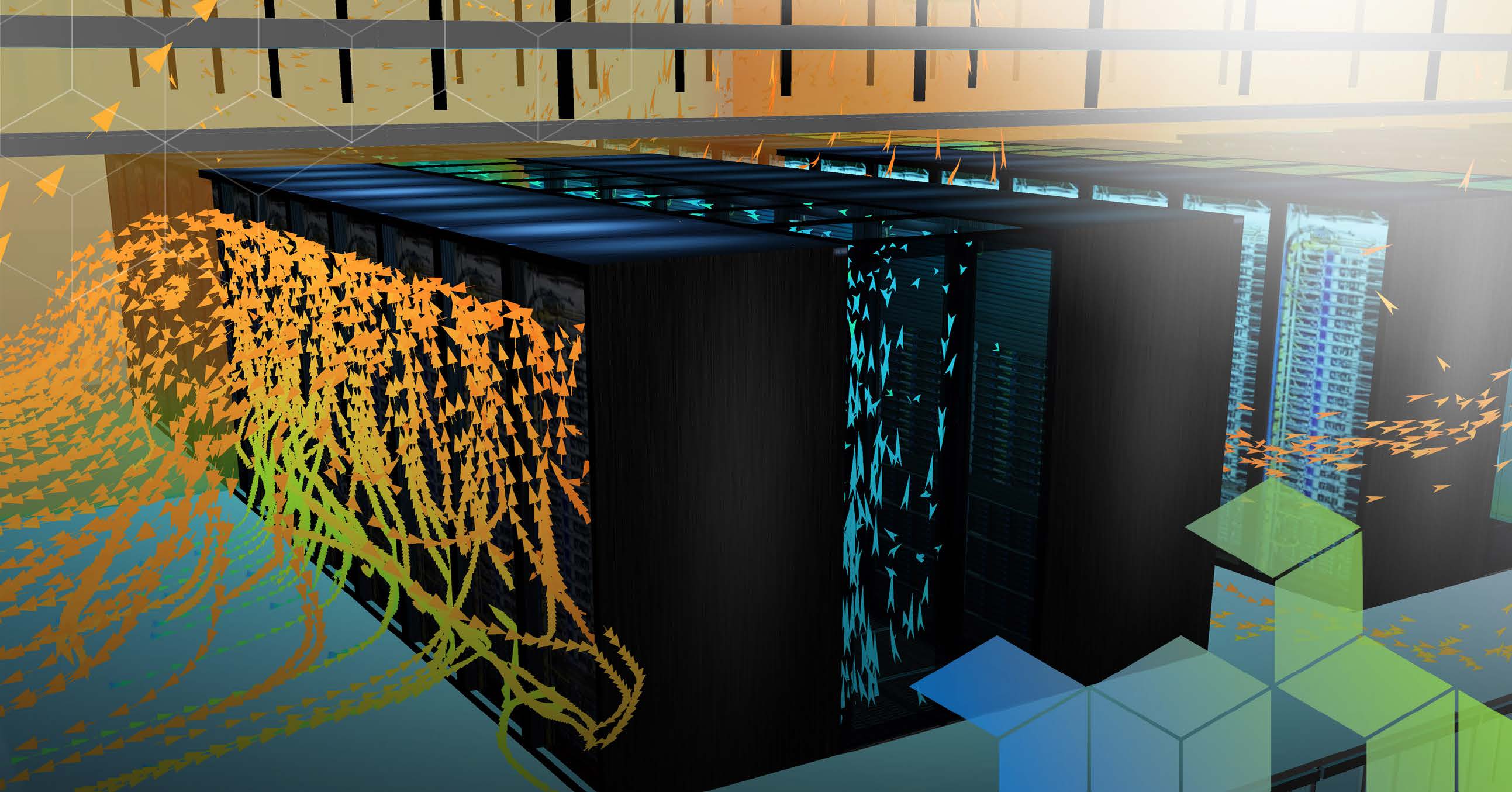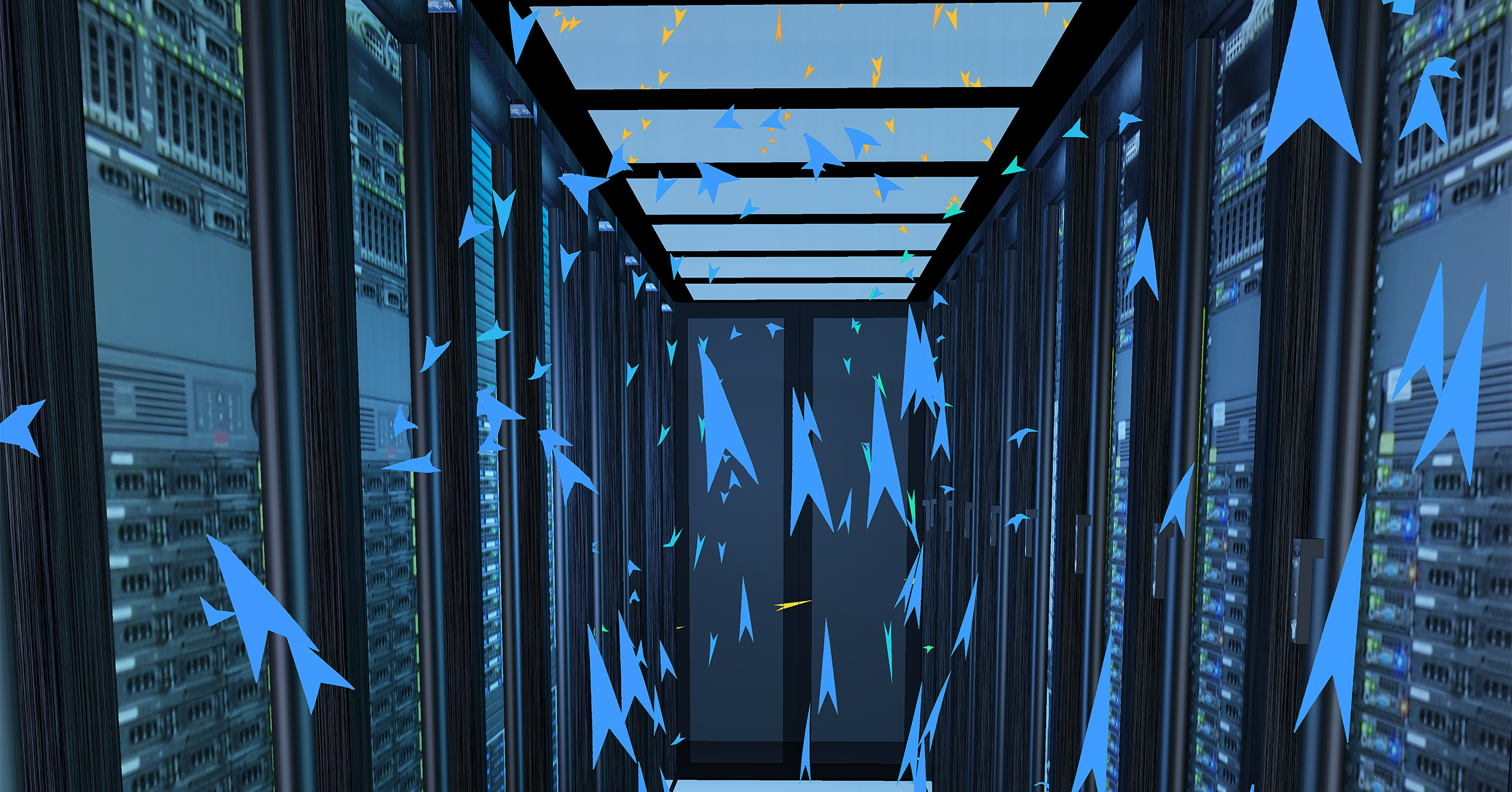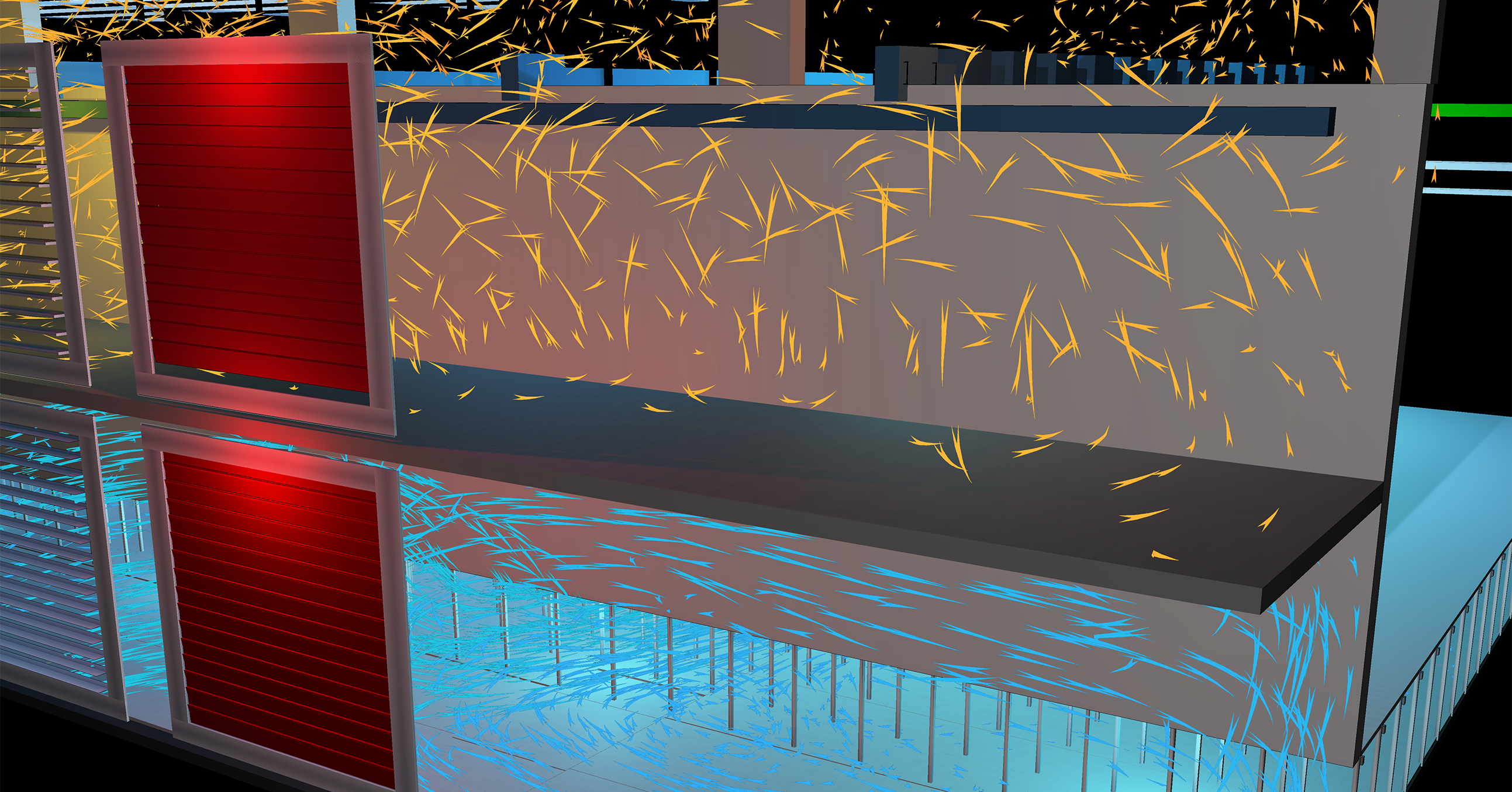Overview
The Highlights
Key Challenges
There are concerns resonating throughout the industry regarding the environmental impact of data centers on the worldwide carbon footprint and global power consumption. As people move to a lifestyle that consumes more data and computing, so too increases the importance of the data center industry to make the right choices to cater to that need in an environmentally responsible manner.
Thésée DataCenter wanted to not only establish the first Tier IV Uptime-certified colocation data center in France, but also create both an interactive end user experience and an environmentally conscious, energy-efficient data center campus. The combination of these objectives meant Thésée DataCenter would need to accomplish the following:
Its campus will offer six data center buildings, each housing two identical data halls of 534m2 commissioned in three phases of 1MW, 2MW, and 3MW IT capacity build out. Specializing in mixed density, including legacy, hyperconverged, and high performance computing (HPC), Thésée DataCenter knew they needed to focus on HPC with as minimal of an environmental impact as possible.
The Solution
Thésée DataCenter contracted Hewlett Packard Enterprise to lead the design, construction PMO, and commissioning of its data center campus. In turn, Thésée DataCenter uses New Generation’s NUVEA Paas web service portal, fed with information from Cadence Reality DC Digital Twin (formerly part of Future Facilities 6SigmaDCX product line), as well as the Building Management System (BMS). Thésée DataCenter used the software’s computational fluid dynamics (CFD) capabilities to verify decisions throughout the design process and continues to use Cadence Reality DC Digital Twin in its ongoing operations to maximize performance.
With respect to design, the data center has been constructed with agility and availability in mind. The whole data center is built on a modular design concept to facilitate this. As capacity requirements grow, the colocation provider will be able to upscale quickly without disruption.
To cater to various customer rack densities and the high availability of the Tier IV certification, Thésée DataCenter decided to implement a three-level cooling solution, incorporating:
Cadence Reality DC Digital Twin will allow us to know the real capacities of our infrastructures, anticipate the arrival of new projects, test and propose the best locations for pre-sales projects, and finally maximize the commercial potential of our campus.
Christophe Bouniol, Thésée DataCenter
The different levels of cooling kick in according to the data center’s needs and the external temperature conditions. The system uses six AHUs initially that are individually controlled, meaning that different areas of the data center can be operating with different cooling techniques in use simultaneously.
Thésée DataCenter coupled this scalable design and environmentally conscious cooling system with an end-to-end integrated Data Center Management System (DCMS) to cater to its customers’ needs.
The customer can do whatever they need to do concerning their data center space all within one web portal interface. As the customer logs in, a plethora of information is made available to them, shown on dashboards and in customizable reports.
The event and alarm system are also managed via this portal through a close integration of the BMS. Customers can access a marketplace where they can request and order services from a predefined catalog, approve them for implementation, and then visualize them in their very own data center digital twin – an exact 3D digital replica of their own data center space.
Cadence Reality DC Digital Twin powers this functionality and is fully integrated into the DCMS. Additionally, customers will benefit from CFD simulation to ensure that they maximize space usage, plan IT upgrades, effectively manage power, and more.
It is unusual for colocation customers to be given this level of real-time visibility and functionality, but Thésée DataCenter wanted to ensure its customers had the most transparent, interactive experience as possible.
Summary
Thésée DataCenter, the first Tier IV Uptime-certified colocation data center in France, embedded Cadence Reality DC Digital Twin into its DCMS to ensure an interactive, home-away-from-home end user experience. Thésée DataCenter continues to use the solution to ensure power, cooling, weight, and capacity management are optimized. It is also used to make informed decisions on IT deployment for both the colocation data center and its customers.
When looking to the future of the data center industry, much change is expected and the ability to remain agile, accommodate high density, and satisfy stringent carbon efficiency goals will be crucial. Thésée DataCenter can effectively do the above using Cadence Reality DC Digital Twin.
Watch the full case study video here.



